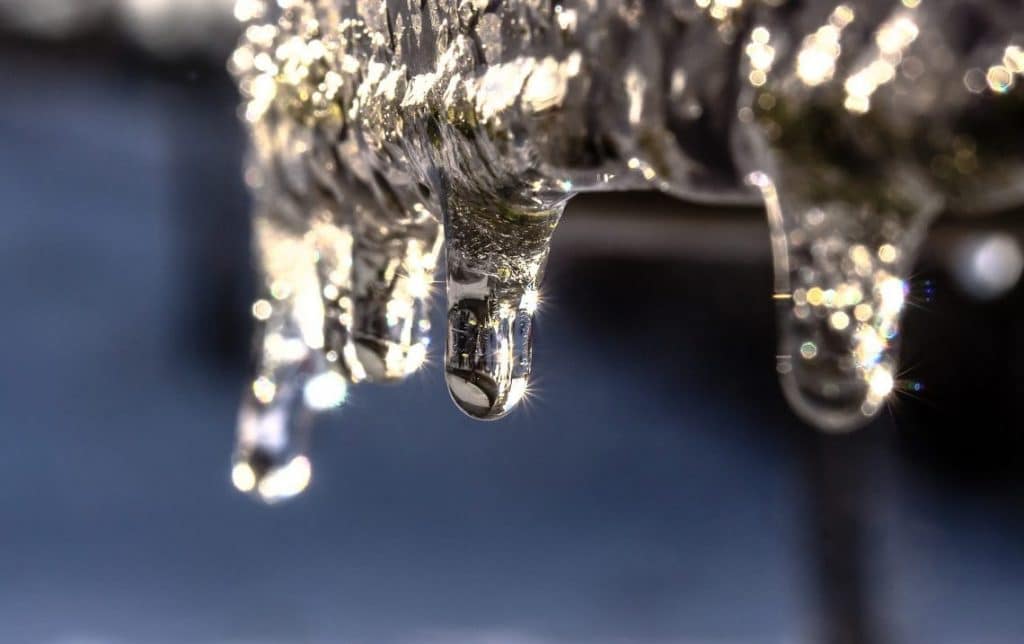What're your beliefs on How To Avoid Freezing Pipes?

Cold weather can ruin your plumbing, specifically by freezing pipelines. Here's how to prevent it from occurring and what to do if it does.
Intro
As temperatures decline, the risk of icy pipes rises, possibly bring about expensive repair work and water damage. Comprehending exactly how to prevent frozen pipes is important for house owners in cool environments.
Recognizing Frozen Pipes
What creates pipes to freeze?
Pipes freeze when revealed to temperature levels listed below 32 ° F (0 ° C) for prolonged periods. As water inside the pipelines ices up, it expands, taxing the pipeline wall surfaces and possibly creating them to burst.
Dangers and damages
Frozen pipelines can lead to water interruptions, building damage, and pricey repair work. Burst pipelines can flood homes and create considerable architectural damage.
Indications of Frozen Piping
Recognizing icy pipes early can stop them from bursting.
Just how to recognize frozen pipelines
Look for reduced water circulation from faucets, unusual smells or sounds from pipes, and visible frost on subjected pipelines.
Prevention Tips
Protecting at risk pipelines
Cover pipes in insulation sleeves or utilize warm tape to protect them from freezing temperatures. Concentrate on pipelines in unheated or outside locations of the home.
Heating strategies
Maintain indoor rooms properly heated up, especially areas with plumbing. Open up cupboard doors to permit warm air to flow around pipes under sinks.
Safeguarding Outdoor Pipes
Garden hose pipes and exterior taps
Disconnect and drain yard pipes prior to winter. Set up frost-proof faucets or cover exterior faucets with insulated caps.
What to Do If Your Pipes Freeze
Immediate activities to take
If you presume frozen pipes, keep taps available to alleviate stress as the ice thaws. Use a hairdryer or towels taken in hot water to thaw pipelines gradually.
Long-Term Solutions
Structural adjustments
Take into consideration rerouting pipes far from outside wall surfaces or unheated locations. Include added insulation to attics, basements, and crawl spaces.
Upgrading insulation
Invest in top notch insulation for pipes, attics, and wall surfaces. Proper insulation helps preserve consistent temperatures and lowers the risk of frozen pipes.
Conclusion
Preventing icy pipelines needs aggressive actions and fast feedbacks. By recognizing the causes, signs, and safety nets, homeowners can safeguard their plumbing throughout winter.
5 Ways to Prevent Frozen Pipes
Drain Outdoor Faucets and Disconnect Hoses
First, close the shut-off valve that controls the flow of water in the pipe to your outdoor faucet. Then, head outside to disconnect and drain your hose and open the outdoor faucet to allow the water to completely drain out of the line. Turn off the faucet when done. Finally, head back to the shut-off valve and drain the remaining water inside the pipe into a bucket or container. Additionally, if you have a home irrigation system, you should consider hiring an expert to clear the system of water each year.
Insulate Pipes
One of the best and most cost-effective methods for preventing frozen water pipes is to wrap your pipes with insulation. This is especially important for areas in your home that aren’t exposed to heat, such as an attic. We suggest using foam sleeves, which can typically be found at your local hardware store.
Keep Heat Running at 65
Your pipes are located inside your walls, and the temperature there is much colder than the rest of the house. To prevent your pipes from freezing, The Insurance Information Institute suggests that you keep your home heated to at least 65 degrees, even when traveling. You may want to invest in smart devices that can keep an eye on the temperature in your home while you’re away.
Leave Water Dripping
Moving water — even a small trickle — can prevent ice from forming inside your pipes. When freezing temps are imminent, start a drip of water from all faucets that serve exposed pipes. Leaving a few faucets running will also help relieve pressure inside the pipes and help prevent a rupture if the water inside freezes.
Open Cupboard Doors
Warm your kitchen and bathroom pipes by opening cupboards and vanities. You should also leave your interior doors ajar to help warm air circulate evenly throughout your home.

I was brought to that article about Helpful Tips to Prevent Frozen Pipes this Winter from someone on our other website. Sharing is nice. Helping others is fun. I love your readership.
Call Today